4 restaurants in India with extraordinary design transformation

Explore Indian restaurants that boast a touch of history accompanied by a captivating design transformation.
Veronica’s, a restaurant in Mumbai housed inside one of the oldest bakeries
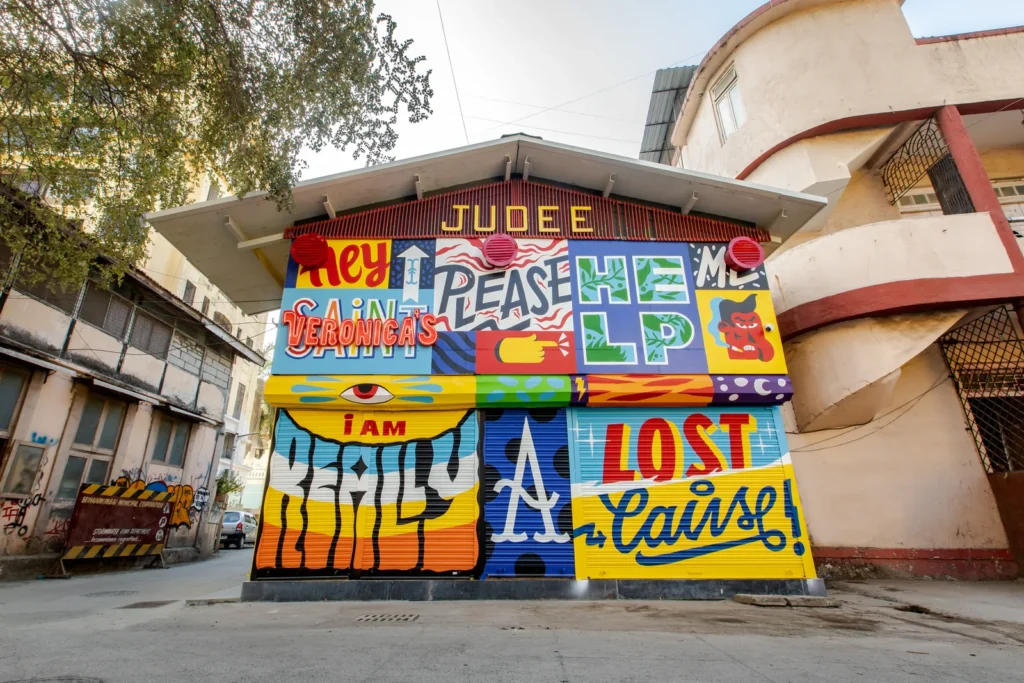
Veronica’s, a sandwich shop nestled within the former St. Jude Bakery on Veronica Street, derives its name from its historical location. St. Jude Bakery, a longstanding landmark in Bandra renowned for its extensive suburban baking, has undergone a striking transformation. Operated by Hunger Inc., the same company behind The Bombay Canteen, O Pedro, and Bombay Sweet Shop, Veronica’s pays homage to Mumbai and its unique surroundings.
Shonan Purie Trehan, the founder and principal architect at L.A.B (Language Architecture Body), spearheaded the conversion of St. Jude Bakery into a laid-back restaurant. Trehan explains, “This space holds a rich history, and we aimed to preserve that heritage while infusing new life into the surroundings. Our goal was to craft a welcoming, unpretentious environment for exceptional food served in a casual and friendly setting. We sought to maintain some of the space’s authenticity and historical essence in its rejuvenated form.
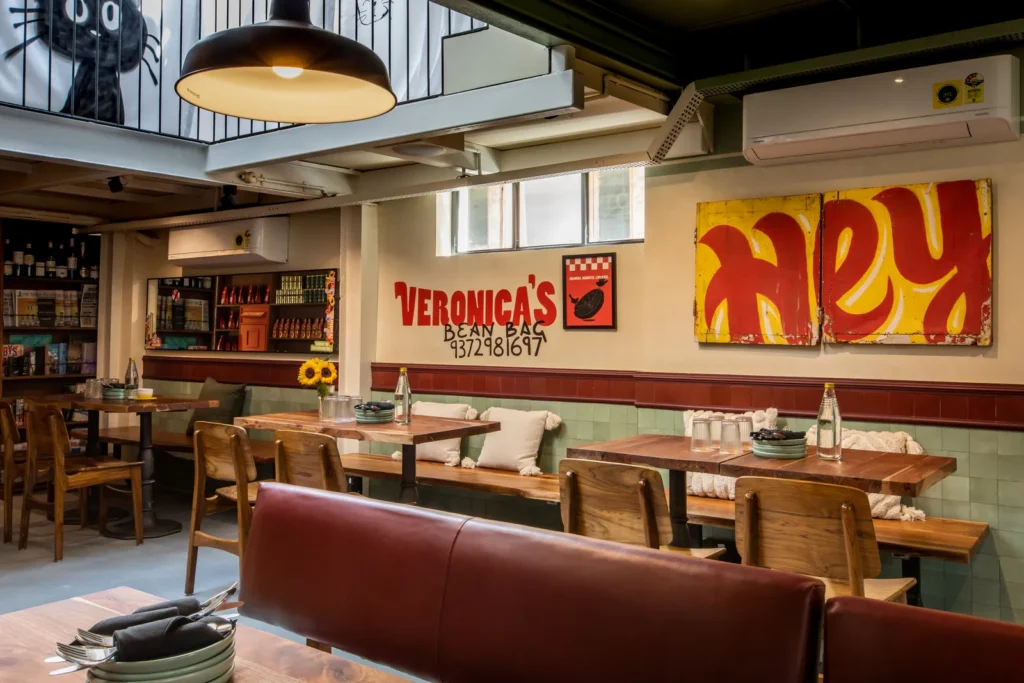
What distinguishes Veronica’s is its adept incorporation of various authentic elements from the original bakery into the overall design. Classic Glazed Dado tiles adorned with floral motifs, reminiscent of traditional Bandra homes and bakeries, seamlessly coexist with contemporary epoxy flooring. The atmosphere is enlivened by vibrant posters and playful stuffed toys shaped like donuts and sausages, creating a whimsical touch. The color scheme, featuring mint green reminiscent of Ranwar village’s old homes, along with turmeric yellow and sunset orange, establishes a delightful juxtaposition without unnecessary visual clutter. Trehan explains, “Our aim was to craft a space that exudes the familiar warmth of the original while preserving its beauty and nostalgia.” In this aspect, Veronica’s embodies the essence of a neighborhood hangout, combining the character of a bakery with the charm of a café. – Nivedita Jayaram Pawar
Qalaa Art Bar & Coffeehouse is a dining establishment located in Udaipur, situated within the walls of a 91-year-old mansion
Previously belonging to Udaipur’s Maharana Bhopal Singh, the 91-year-old mansion had been inaccessible to the public until Qalaa Art Bar & Coffeehouse breathed new life into it. Positioned on the mansion’s second floor, featuring grand arches, opulent interiors, and captivating wall paintings, Eth Design House was tasked with a project to contemporize the space while preserving its intrinsic essence and historical allure.

Transforming the expansive 1,400-square-foot space, two distinctive settings were crafted within Qalaa Art Bar & Coffeehouse. This not only visually divided Qalaa but also provided a diverse range of experiences within a single venue. Gaurav Mewara, the principal designer at Eth Design Studio, elaborates, “We opted for pink in the single-height area and blue in the double-height space to maintain a visual equilibrium and accentuate the intricate details on the walls. Moreover, these two colors resonate with the cultural heritage of Rajasthan, seamlessly blending with the surroundings.” – Deepa Nair
The Second House is a dining establishment located in Goa, nestled within a 108-year-old Indo-Portuguese bungalow.
Situated in the scenic locale of Saligao, amidst the captivating paddy fields, The Second House, a 108-year-old Indo-Portuguese bungalow sprawling across 9,000 square feet, has evolved into a restaurant seamlessly marrying heritage and aesthetics. Embracing Goan architecture, it conjures the serenity of a bygone era. Departing from conventional restaurant layouts, this versatile venue serves as a canvas for unhurried conversations and artistic endeavors, hosting multimedia artists. The Experimental Art Experience reimagines dining, skillfully fusing culture and creativity within this historic ambiance.
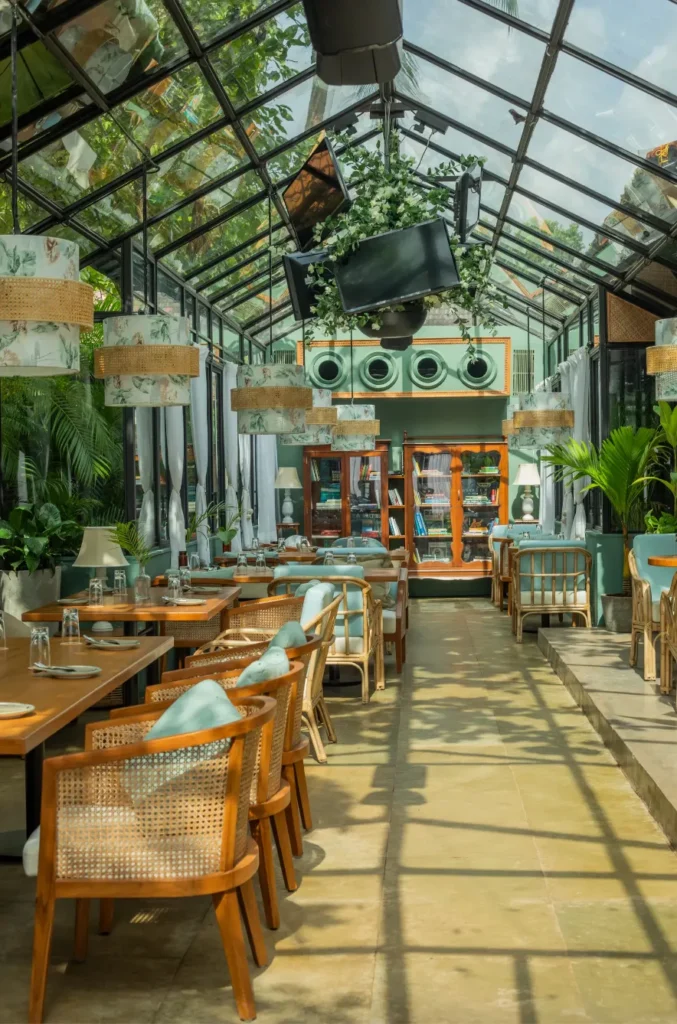
Under the thoughtful guidance of architect Ayaz Basrai, this establishment underwent a considerate renovation. Founder and client Dishant Pritamani envisions it as an extension of their identity—a place for dining, relaxation, and building connections. Welcoming both locals and tourists, the restaurant revitalizes the bungalow’s nostalgic charm, serving as a seamless convergence of tradition and modernity. – Pooja Khanna Tyagi
Parsi Dairy Farm, a restaurant in Mumbai with a 100-year-old-legacy
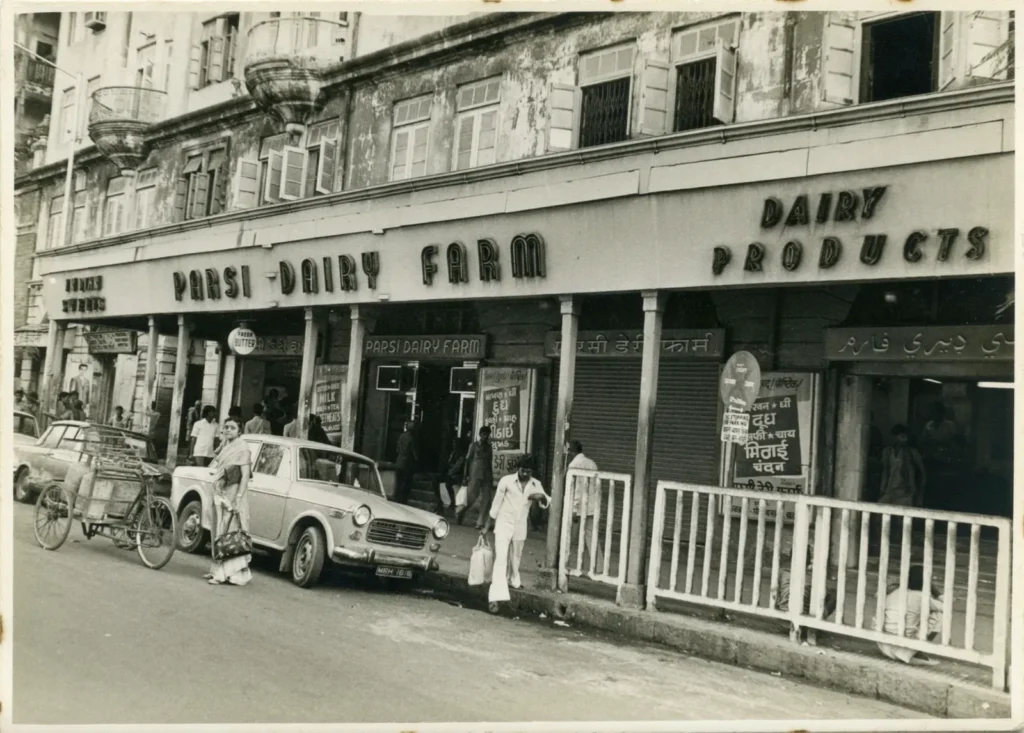
Since 1916, the iconic dairy brand cherished by Mumbaikars has undergone a transformation, marked by the introduction of a vibrant red door. Shahen Mistry, the principal architect and Founder of Shahen Mistry Architects, the firm responsible for the store’s redesign, elucidates, “In many cultures, a red door symbolizes welcome and hospitality. It instills a sense of invitation, creating a warm and memorable first impression. We also aimed for passersby to pause, admire the shop facade, and feel enticed to step in and explore the store.
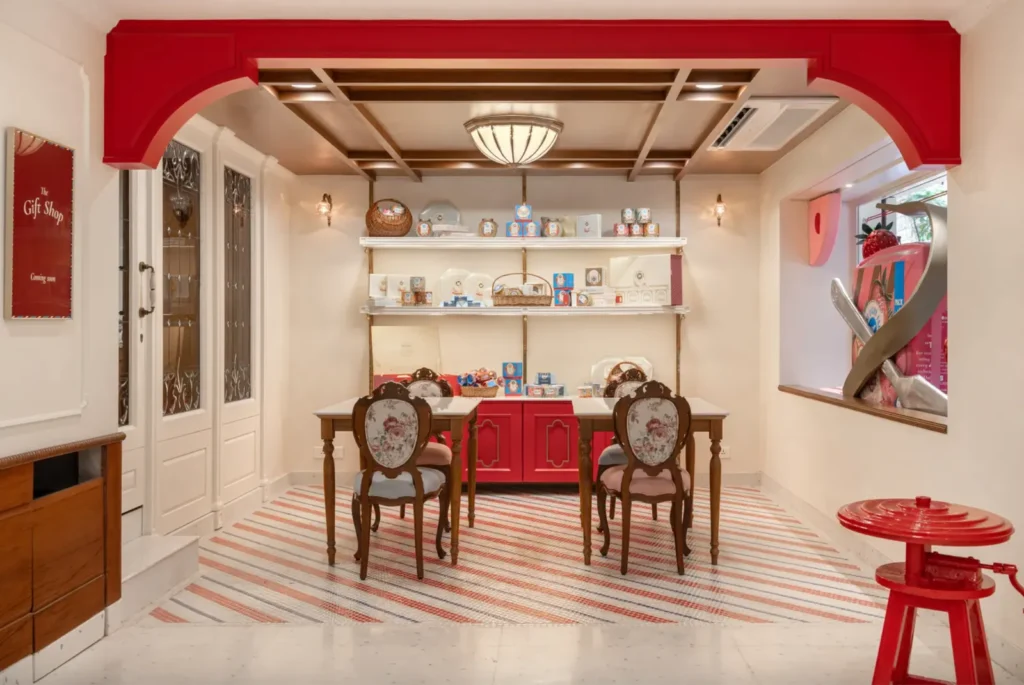
Beyond the welcoming red door lies a pastel haven featuring an array of dairy, mithai, and confectionery delights. The open-plan layout is anchored by a sizable display fridge showcasing PDR’s diverse range of mithai. Rows of peda, khaja, and intricately piped jalebi coexist harmoniously with delectable treats like ice cream barfi and suterfeni. Adjacent to this display is a cozy café-style seating area. This space not only offers a delightful dining experience but also serves as a veritable gallery, providing a visual journey into the brand’s history. Adorned with sepia-toned family photos, the iconic blue uniforms of milk delivery personnel, vintage advertisements, and the earliest coupons, it pays homage to PDR’s rich heritage. – Nivedita Jayaram Pawar




